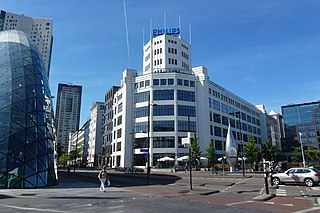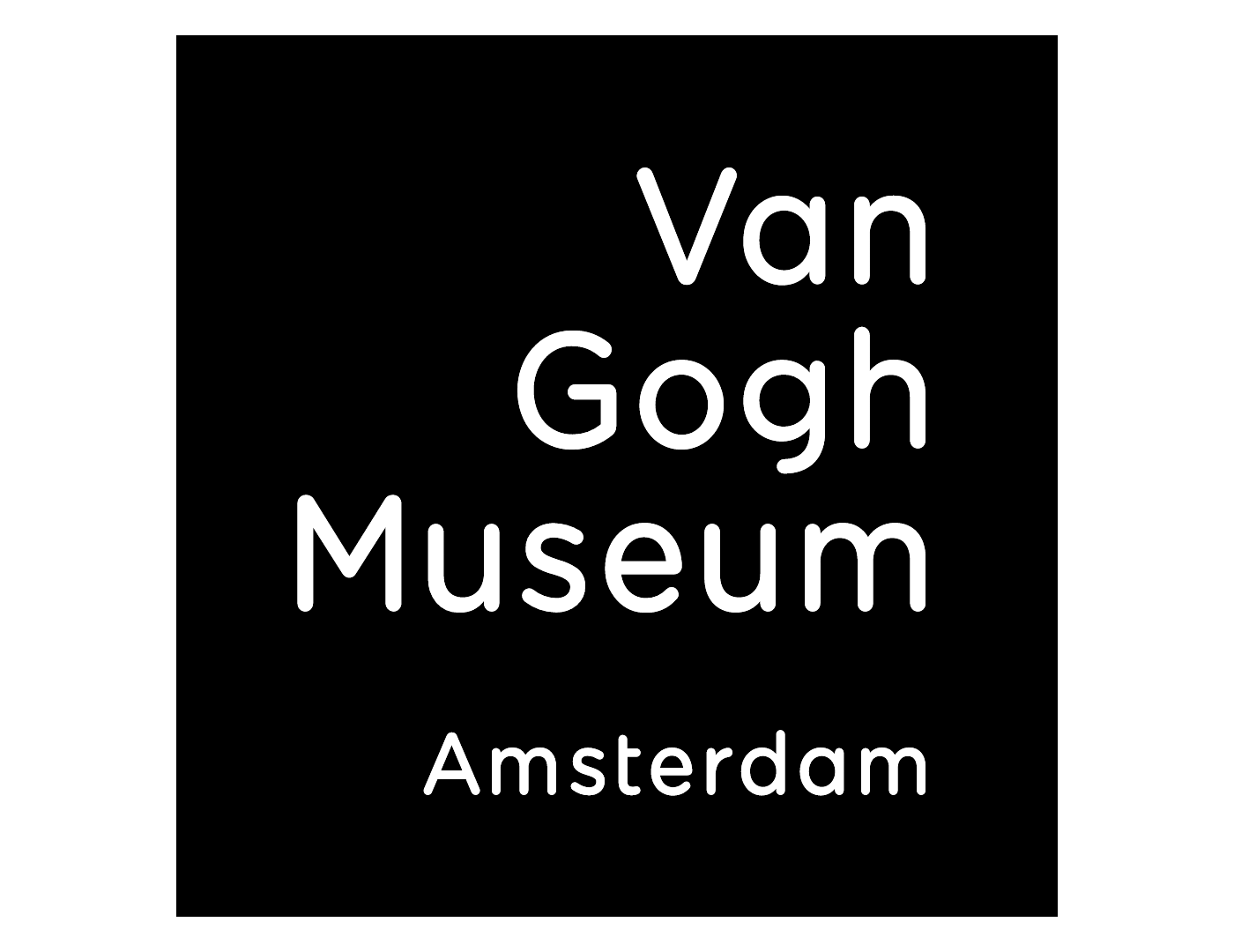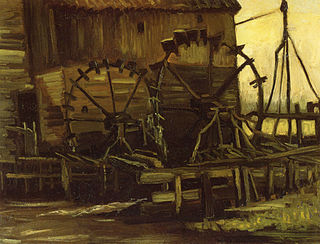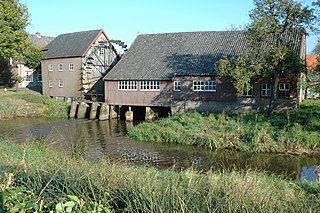
Eindhoven is the fifth-largest city and a municipality of the Netherlands, located in the south of the country. It had a population of 231,469 in 2019, making it the largest city in the province of North Brabant. Eindhoven was originally located at the confluence of the Dommel and Gender.

Sint-Michielsgestel is a municipality and a town in the southern part of the Netherlands. It is located directly south of 's-Hertogenbosch, the capital of North Brabant province. Its name refers to archangel St. Michael.

Sint-Oedenrode is a town in the province of North Brabant.

Zundert is a municipality and town in the south of the Netherlands, in the province of North Brabant. Zundert is the birthplace of post-impressionist painter Vincent van Gogh.

The Van Gogh Museum is a Dutch art museum dedicated to the works of Vincent van Gogh and his contemporaries in Amsterdam; it is located at the Museum Square in the borough Amsterdam South, close to the Stedelijk Museum, the Rijksmuseum, and the Concertgebouw. The museum opened on 2 June 1973, and its buildings were designed by Gerrit Rietveld and Kisho Kurokawa.

The Gender is a stream in the Dutch province of North Brabant. It originates in originally marshy flatlands near Steensel and flows through Veldhoven and its eastern district Meerveldhoven in a general east-northeast direction towards Eindhoven.

Auvers-sur-Oise is a commune in the northwestern suburbs of Paris, France. It is located 27.2 km (16.9 mi) from the centre of Paris. It is associated with several famous artists, the most prominent being Vincent van Gogh. This was also the place Vincent van Gogh committed suicide. He died just 30 hours later after the gunshot.

Dutch art describes the history of visual arts in the Netherlands, after the United Provinces separated from Flanders. Earlier painting in the area is covered in Early Netherlandish painting and Dutch and Flemish Renaissance painting.

Congregation Leaving the Reformed Church at Nuenen is an early painting by Vincent van Gogh, made in early 1884 and modified in late 1885. It is displayed at the Van Gogh Museum in Amsterdam.

The Tongelreep is a small tributary of the Dommel that flows through Belgium and the Netherlands. It begins in Belgium near Neerpelt and runs into the Dommel in Eindhoven by way of Valkenswaard and Aalst. The stream runs near the Achel Abbey, the Leenderbos, the Valkenhorst estates and the Genneper Parken park area.

Seine (paintings) is the subject and location of paintings that Vincent van Gogh made in 1886. The Seine has been an integral part of Parisian life for centuries for commerce, travel and entertainment. Here van Gogh primarily captures the respite and relief from city life found in nature.

Water Mill at Gennep is the subject and title of three oil paintings and a watercolor created in 1884 by Vincent van Gogh. The Watermill at Gennep is situated in Gennep, today a neighbourhood of Eindhoven.

Water Mill at Kollen Near Nuenen is an oil painting of the Watermill at Kollen, created on 28-29 May 1884 by Vincent van Gogh during the period when he was living at Nuenen nearby. It measures 60.5 by 80 centimetres.

The Parsonage Garden at Nuenen, alternatively named The Parsonage Garden at Nuenen in Spring or Spring Garden, is an early oil painting by 19th-century Dutch post-Impressionist painter Vincent van Gogh, created in May 1884 while he was living with his parents in Nuenen. Van Gogh made several drawings and oil paintings of the surrounding gardens and the garden façade of the parsonage.

Still life paintings by Vincent van Gogh (Netherlands) is the subject of many drawings, sketches and paintings made during Vincent van Gogh's early artistic career. Most still lifes made in the Netherlands are dated from 1884 to 1885, when he lived in Nuenen. His works were often in somber colors. Van Gogh experimented with the use of light falling across objects.

The Watermill at Opwetten is a watermill along the river Kleine Dommel, located on the Opwettenseweg 203 in Opwetten, Nuenen, Gerwen en Nederwetten, in the province of North Brabant, Netherlands. First mentioned in the 11th century, the watermill burned down and was rebuilt in 1764.

The Watermill at Kollen is a watermill along the river Kleine Dommel, located on the Collseweg 1 in 't Coll, Eindhoven, in the province of North Brabant, Netherlands. First mentioned in the 14th century, the watermill burned down and was rebuilt in 1681.

The 'Laakmolen' near the Hague is a watercolor by Vincent van Gogh that he made in the summer of 1882. Formerly it was thought to have dated from his Etten period 1881. Following identification of the mill, historians now place it the year following.

Two Watermills and an Open Sluice near Singraven is an oil on canvas painting by the Dutch landscape painter Jacob van Ruisdael. It is an example of Dutch Golden Age painting and is now in the collection of the National Gallery.






















